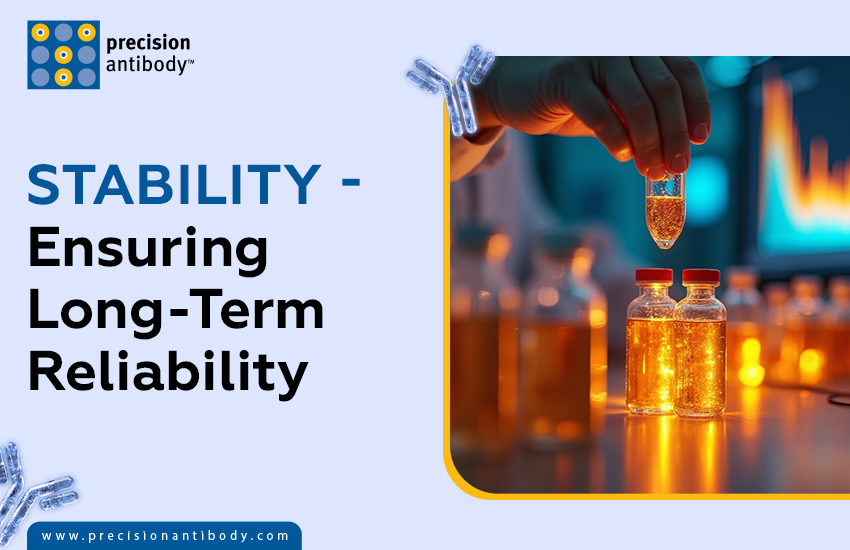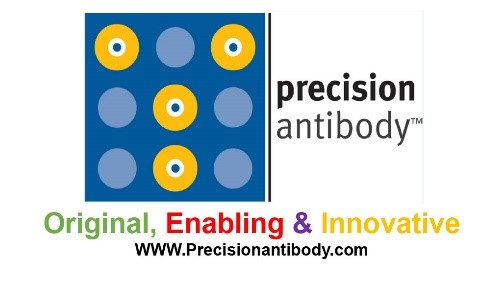Antibodies are key players in treating oncology, infectious diseases and autoimmune diseases. One major challenge for biotech is turning antibody discoveries into clinical products. Antibodies are made in living cells, which makes cloning, culture, purification and storage a bit more complicated than with tiny compounds.
A single speed, scale or stability issue can hold up, increase costs or even derail promising programs. Delays in manufacturing readiness are a big reason biopharmaceutical candidates often miss their timelines for clinical trials. It really shows that production is just as crucial as the discovery phase.
There’s an increasing demand for therapeutic antibodies worldwide. Fast, scalable and reliable production will give biotechs a competitive advantage in biopharma sales which is projected to exceed $400 billion by 2030. This calls for thoughtful planning, innovative solutions and a partner who can foresee regulatory and operational challenges beyond technical skills.
This blog will explain why antibody manufacturing is a bottleneck, how to speed up timeframes without compromising quality, how to scale from preclinical to commercial levels and how to ensure long-term stability. Here are research-backed tips for your next project.

Antibodies are complicated molecules and their function and safety depend on how well they fold, glycosylate, link with disulfide, change charge and aggregate. Antibody manufacture is more complicated than making small-molecule pharmaceuticals. It requires mammalian cell culture, several purification processes, strict regulatory controls and cold-chain logistics.
Some of the main reasons antibody production becomes a bottleneck:
These constraints affect cost, time to clinic, batch uniformity and, in the end, safety and effectiveness. Any biotech that wants to flourish must fix all three pillars: speed, scale and stability.

In biopharma, saving time each month can lead to getting to market sooner and helping patients access treatments faster. Producing antibodies takes a lot of time and resources. However, thanks to new advancements in cell line engineering, workflow integration and predictive tools, biotech companies can speed things up while maintaining quality and meeting regulations.
Ultimately, quick antibody production isn’t just about being efficient it’s a key edge for biotech. It helps them get funding, outpace competitors, and, most importantly, get therapies to patients faster.

Scaling up antibody production is a big challenge for biotech moving from early discovery to late-stage clinical and commercial phases. Success needs strong scientific processes and thoughtful planning to stay flexible, ready for regulations and cost-effective throughout manufacturing.
Concisely, scaling involves more than just making more; it’s about building a structure that promotes biotech growth, ensures rules are followed and sets medicines up for success in the global market.

The stability of antibodies plays a crucial role in ensuring effective treatment, gaining regulatory approval and keeping patients safe. Unstable formulations may cause aggregation, lower potency, or trigger immune responses. For biotech, providing long-term stability is essential for safeguarding product integrity from preclinical studies to commercial distribution.
Regular testing in accelerated and real-time situations ensures antibodies are safe and consistent with the rules.
Biotech protect clinical success and create trust with regulators, partners and patients by putting stability first. This makes sure that medications are reliable from development to worldwide distribution.

Taking an antibody from concept to the clinic is quite the adventure, and it’s one where any delays, hiccups or quality concerns can add up in costs and throw off schedules. Precision Antibody teams up with biotech to tackle these challenges, providing solutions that speed up development, assist with scaling and guarantee lasting reliability.
At Precision Antibody, we’re all about more than just providing antibodies; we’re here to give you confidence. From the first discovery to being ready for the market our team is here to ensure your pipeline moves forward with the speed, scalability and stability it needs to thrive in today’s competitive biotech world.
So, don’t let those bottlenecks hold you back! Reach out to our team today and let’s speed up your journey to market success together.
Stability problems can cause antibodies to clump together, lose their potency or become more immunogenic, all of which can affect the results of clinical trials. Research in the industry shows that over 40% of biologic candidates fail in the later phases because of problems with stability or formulation.
This not only makes approvals take longer, but it also raises expenses, which shows why stability testing and strong formulations are so important from the outset.
As soon as possible after choosing the lead clone, as long as its expression, product quality, characteristics and initial stability data are all acceptable. Before long passages, the MCB should be built, and the WCB should be made to support production cycles.
Early banking gives you a “fresh reference” and lowers the chances of losing stock or drifting.
The best way to do things is to optimize processes and make strategic relationships at the same time. Early use of scalable bioreactor systems, single-use technology and Quality by Design (QbD) principles makes transitions go more smoothly.
Many biotech work with experienced CDMOs to get access to GMP facilities and speed up their journey into Phase I and beyond.

Led by innovative minds in immunology and the antibody development field, Precision Antibody has been an industry leader for over 20 years. We not only implement a cutting-edge technique in antigen design, antibody development, production, and other analyses, but we are also constantly working on ways to improve and advance technology to match the ever-changing world of science. If you are interested in learning more about Precision Antibody’s Custom Antibody development.
Precision Antibody™ is the forefront of the global Custom Antibody industry & it is led by the innovative minds in immunology and antibody development field.
